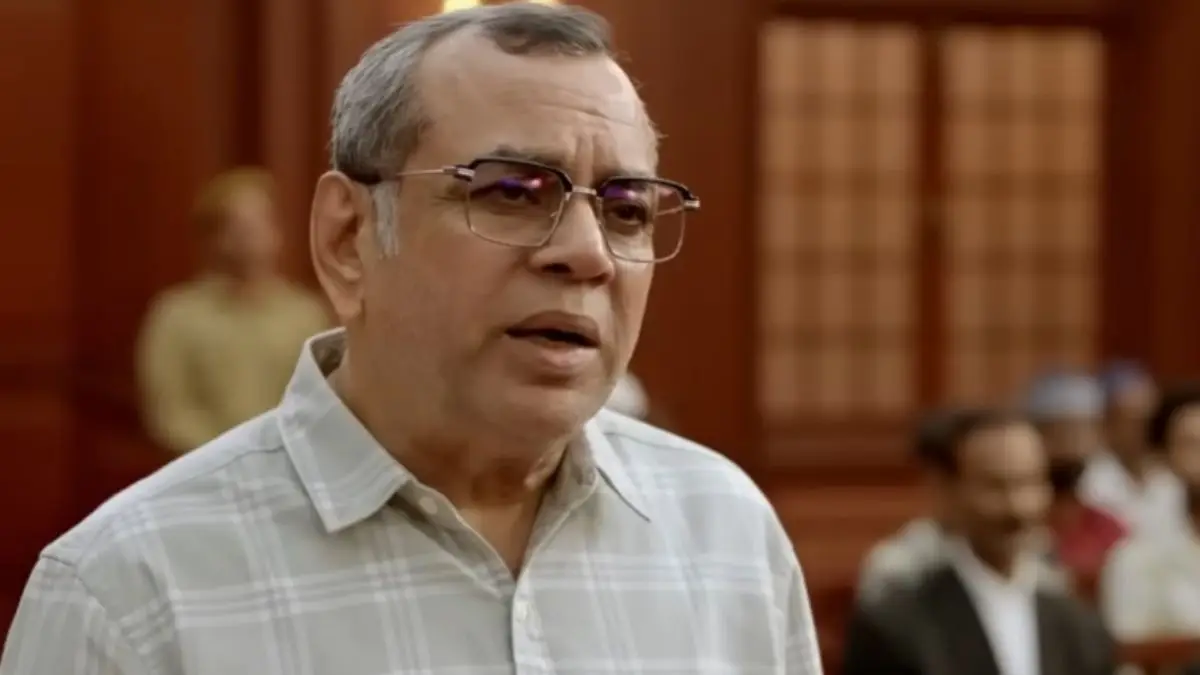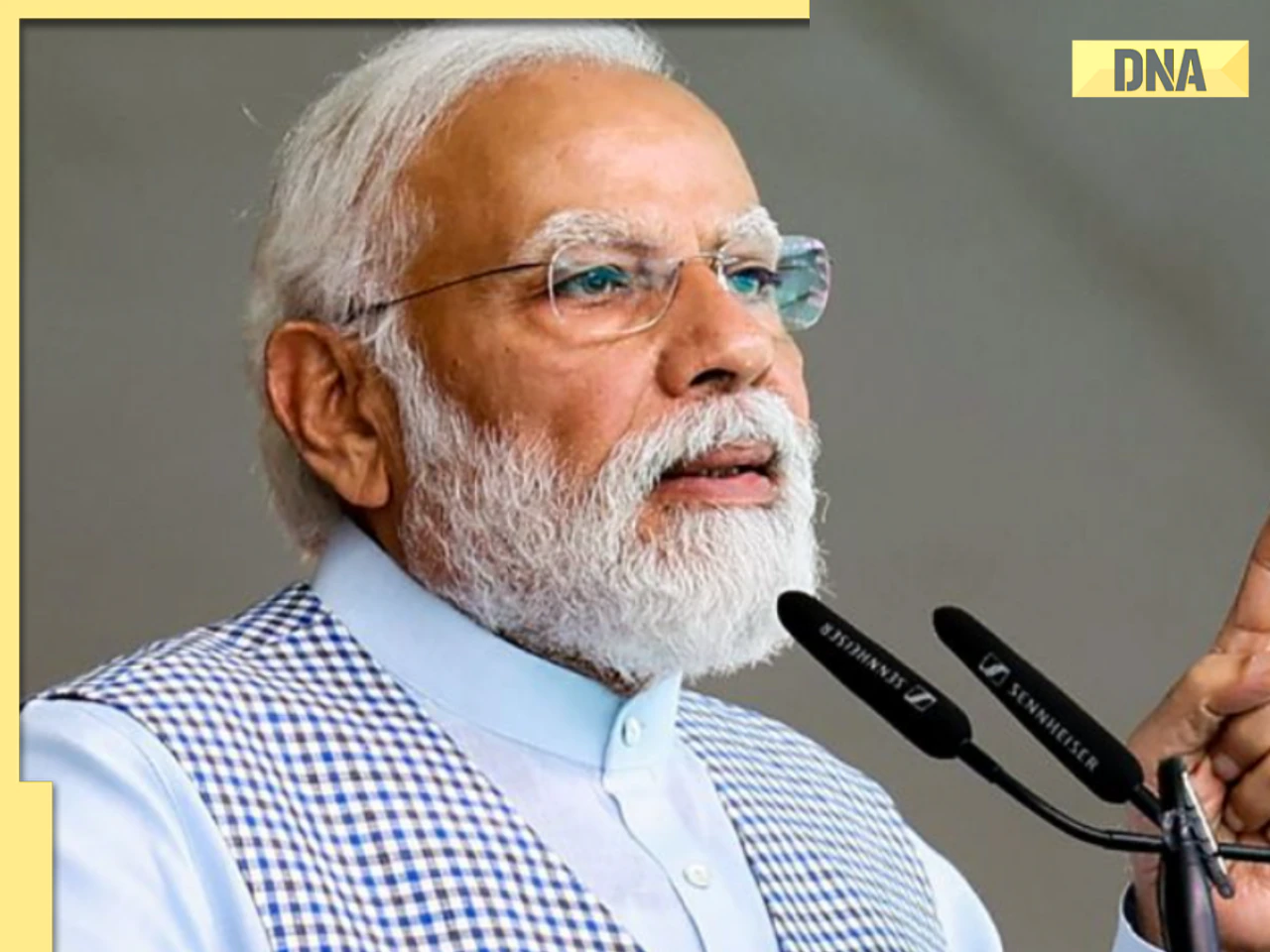Copyright thehindu

In India’s democratic architecture, the Gram Sabha holds a significance that is as fundamental as that of the Lok Sabha or Vidhan Sabha. Yet, the Gram Sabha, the constitutional cornerstone of grassroots democracy, remains an unsung hero in popular conversations and civic awareness. Unlike the Bal Sansad (Children’s Parliament), Youth Parliament, and the Model United Nations, the Model Youth Gram Sabha is an unfamiliar concept for most. Yet, it is in these village assemblies, not the grand chambers of Parliament, that democracy finds its purest expression — direct, participatory, and accountable. Article 243A of the Constitution, introduced by the 73rd Amendment Act of 1992, defines the Gram Sabha as the foundation of the Panchayati Raj system. It represents every registered voter in a village and empowers them to deliberate on budgets, development plans, and governance priorities. This institution embodies participatory democracy, empowering rural citizens to shape decisions affecting their community, fostering transparency, accountability, and inclusive development. But despite its revolutionary potential, participation remains minimal. Why aren’t Gram Sabhas aspirational? Ask any young person if they dream of leading a village or becoming a Sarpanch, and you will likely be met with a puzzled silence. The educational curriculum largely focuses on Lok Sabha and Vidhan Sabha elections, parliamentary governance, or global models such as the United Nations. It remains silent on the Panchayati Raj institutions that form the bedrock of Indian democracy. This absence from classrooms has turned the Gram Sabha into a distant administrative concept rather than a living democratic experience. To build a ‘Viksit Bharat’, the Gram Sabha must be positioned as aspirational, empowering rural youth, women, farmers to lead at the grassroots, shaping development and democracy. This requires embedding Gram Sabha simulations into school and college curriculum. It was to bridge this gap that the Ministry of Panchayati Raj, in collaboration with the Ministry of Education, Ministry of Tribal Welfare and the Aspirational Bharat Collaborative, launched the Model Youth Gram Sabha in 2025. Simulating real Gram Sabha processes, students play the roles of Sarpanch, ward members, health workers, and engineers discussing village budgets and development plans. The programme is supported by teacher training and offers incentives such as prizes and certificates to encourage enthusiastic participation. The exercise transforms abstract civics into lived experience, cultivating local governance knowledge, and making democratic participation concrete and engaging for the future generation. In Phase 1, the Model Youth Gram Sabha is being launched in over 1,000 schools across 28 States and eight Union Territories (UTs). These include more than 600 Jawahar Navodaya Vidyalayas, 200 Eklavya Model Residential Schools, and select Zilla Parishad schools in Maharashtra. A team of 126 master trainers is leading nationwide teacher training. So far, 1,238 teachers from 24 States and UTs have been trained. More sessions are in progress. Prior to the national rollout, successful pilots were held at Jawahar Navodaya Vidyalaya Baghpat in Uttar Pradesh and Eklavya Model Residential School Alwar in Rajasthan. The Jawahar Navodaya Vidyalaya, Sitapur, in Bundi district, Rajasthan, became a living classroom of democracy as more than 300 students participated in a Model Youth Gram Sabha. In Phase 2, the initiative intends to expand beyond central institutions and Zilla Parishad schools to include all State-run schools across India. From simulation to transformation In a democracy such as India, active citizen participation is not just a right but a responsibility. If the Model United Nations cultivates global citizenship, the Model Youth Gram Sabha can nurture civic pride and local leadership. By being introduced to the Panchayati Raj systems, students are better able to understand the rights and responsibilities of citizens in a democratic setup. The experience of conducting debates, passing resolutions, and negotiating consensus instils critical life skills. This model has the potential to redefine civic education. By expanding it to all schools and colleges, India can make participation aspirational again. A future IAS officer or parliamentarian who once “chaired” a Youth Gram Sabha in school is more likely to value the power of local governance in real life. The vision of Viksit Bharat cannot rest on policy alone. It depends on citizens who see governance not only as the government’s responsibility but as a shared civic duty. The Model Youth Gram Sabha is more than a classroom exercise; it is a seedbed for democratic renewal. When young people learn that their village meeting is as vital as Parliament, democracy ceases to be an abstract system — it becomes a lived culture. And when every child in India grows up believing their voice matters at the Gram Sabha, the dream of a truly participatory, self-reliant, and compassionate nation will no longer be a distant aspiration. It will be the everyday rhythm of Indian democracy.



